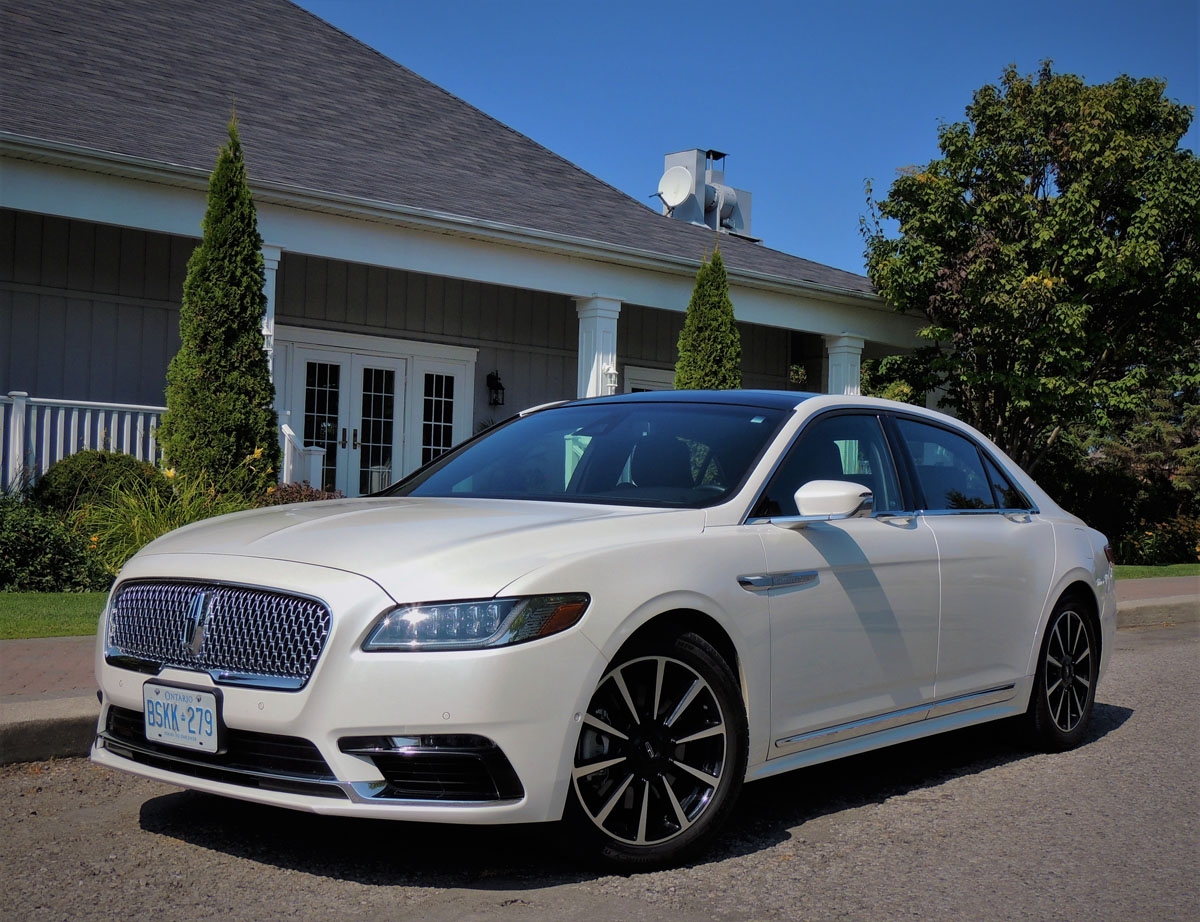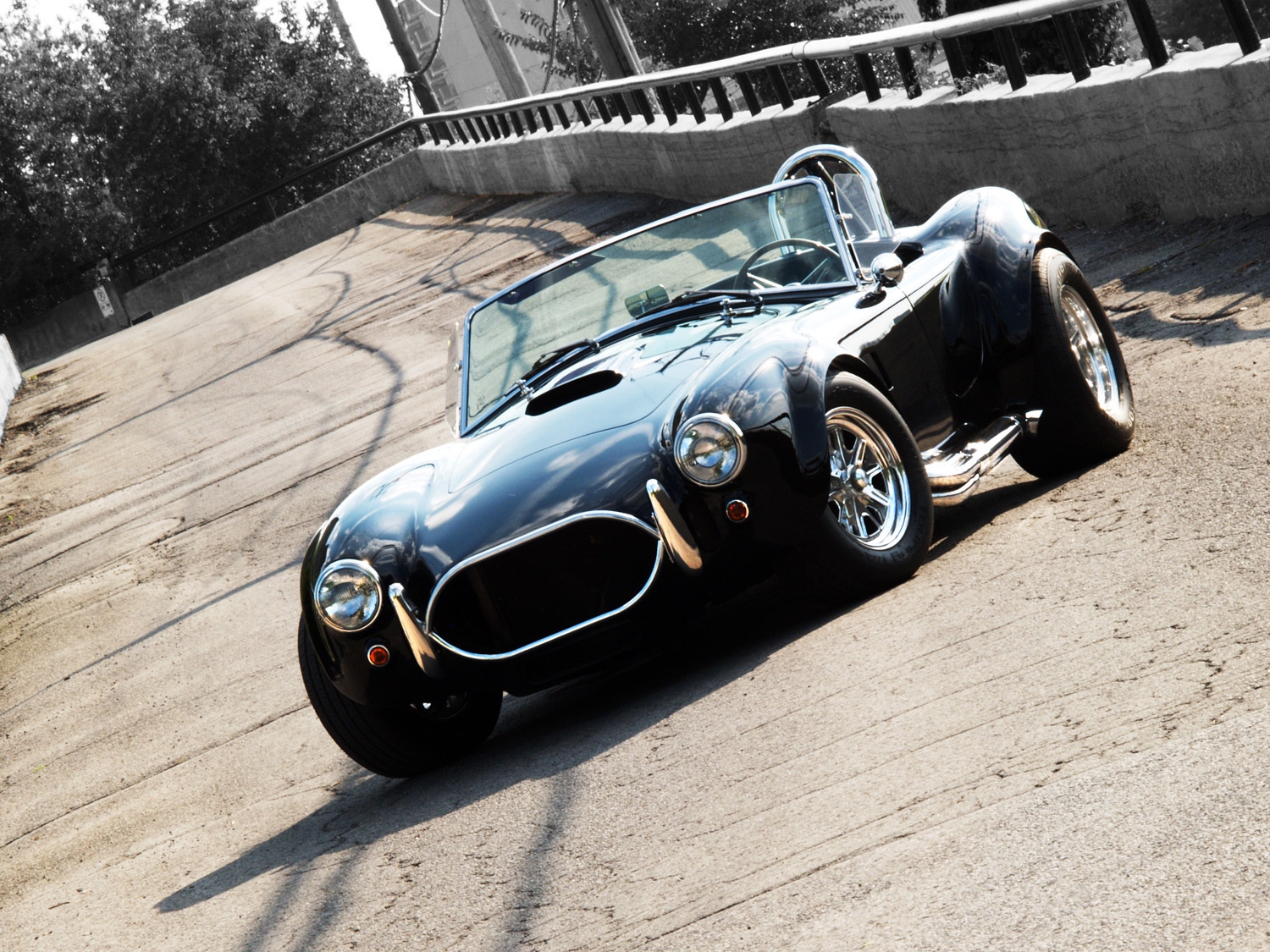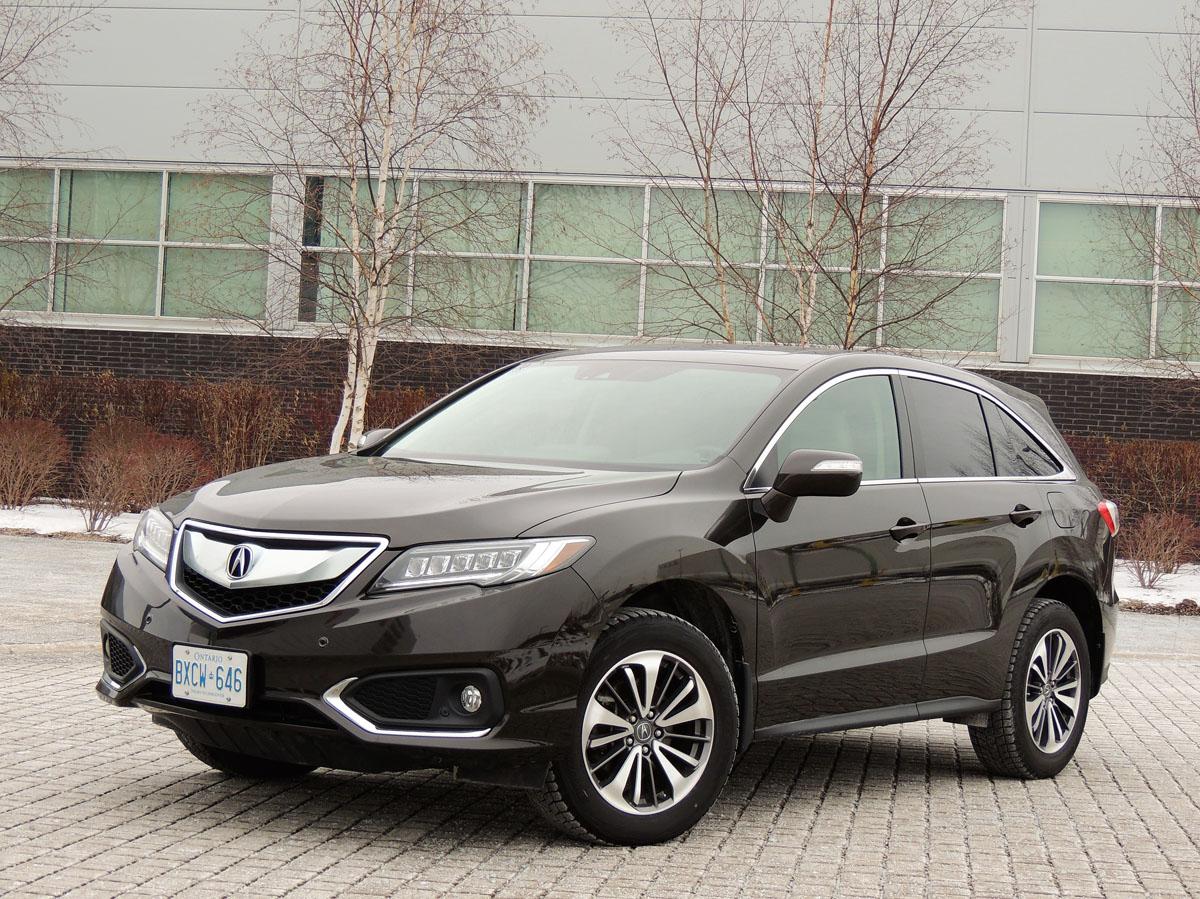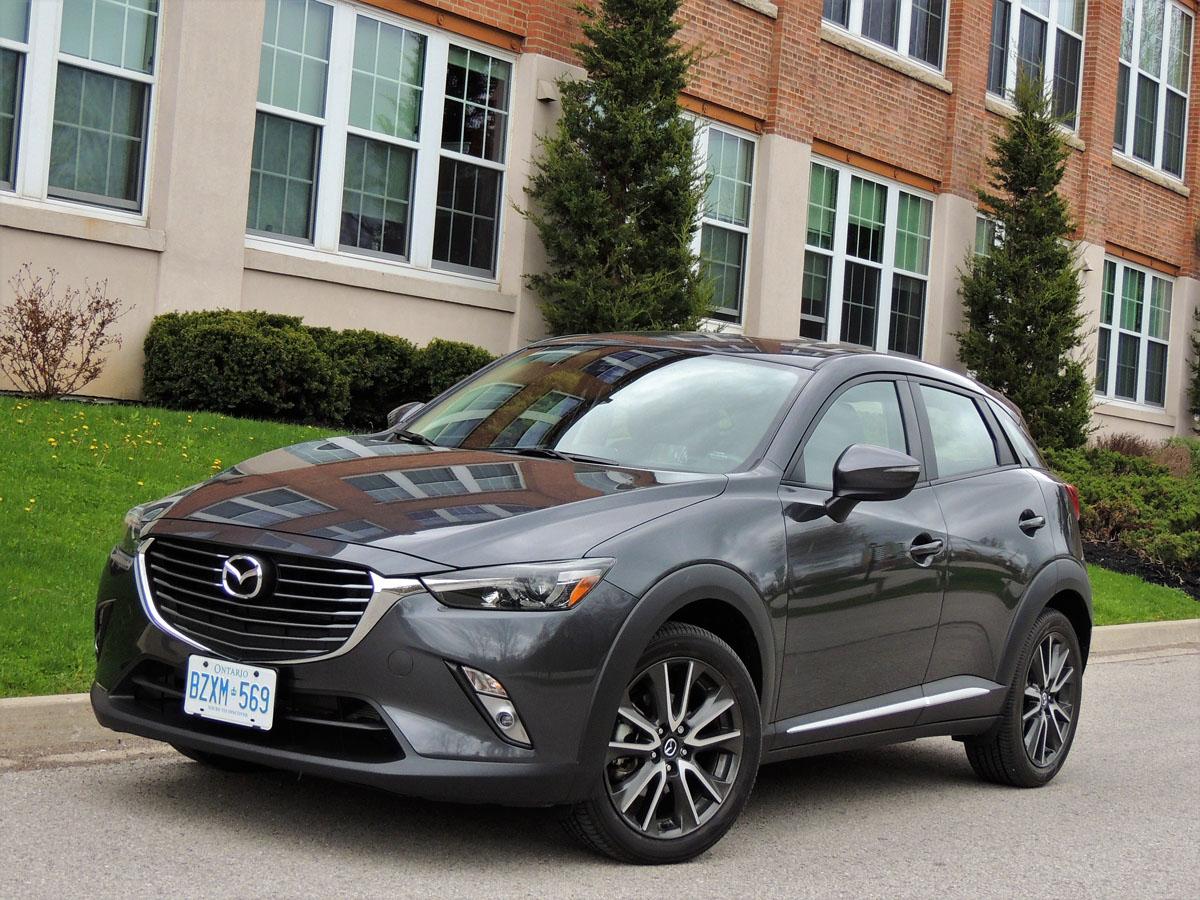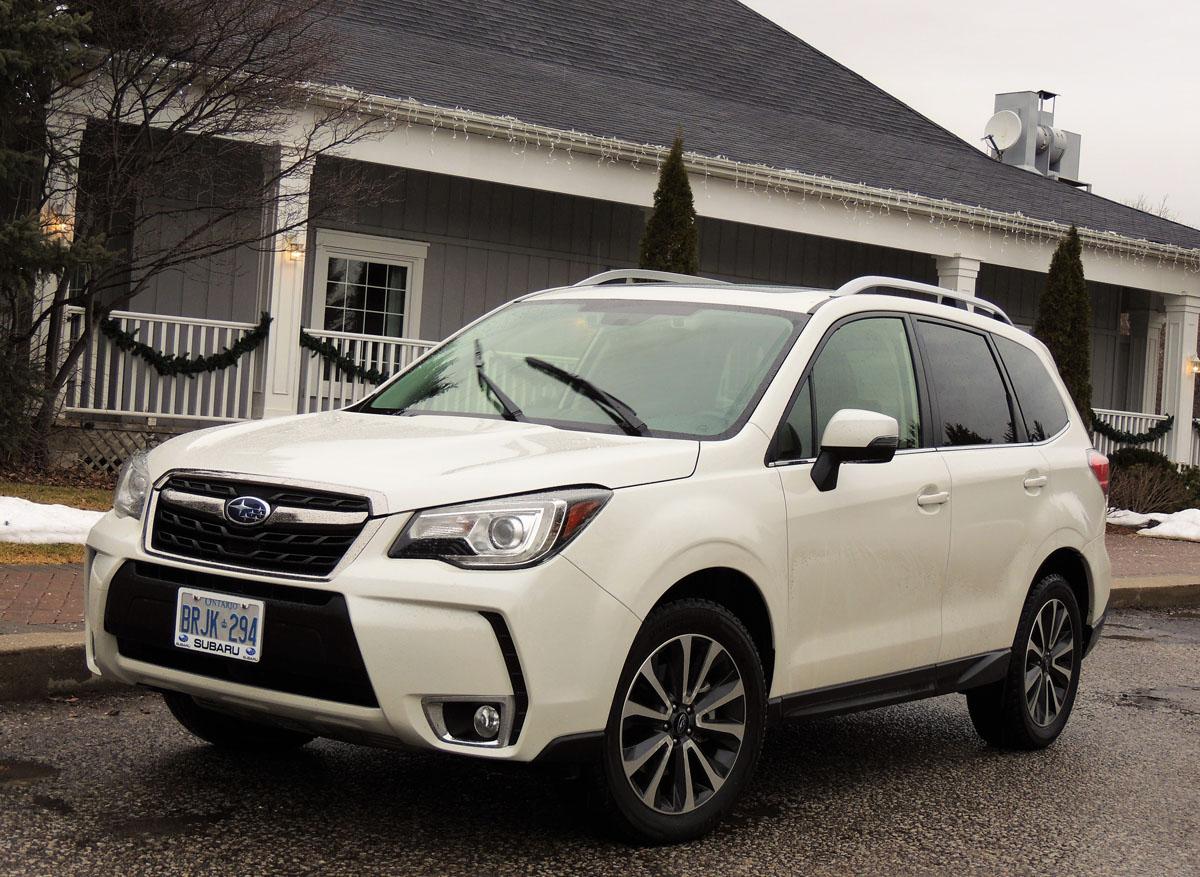
Compact Forester Big on Practicality and Performance
Photos by Neil Moore
You may have heard that Subaru Forester was recently awarded ‘Utility Vehicle of the Year.’
To look at its exterior, which is anything but edgy, you may wonder whether style points factored at all in the decision. I participated in TestFest, where we evaluated this year’s top contenders, and will say that qualities other than appearance led my scoring.
Not that the slightly refreshed Forester, with its updated bumper, grille and lights, is unattractive. It’s just that among compact SUVs and crossovers like Sportage, Rogue, Tucson and Escape, it’s somewhat of a wallflower.
Sharper edges, high and rising beltlines, narrowing bands of glass be damned. Forester designers were a sensible bunch, opting instead for softer lines and big windows so that drivers can enjoy optimal visibility, and know exactly where their vehicle begins and ends.
Such practicality continues inside. Forester may appear compact, but offers best-in-class cargo capacity (2,115 litres behind first row), and no shortage of headroom thanks to its high roofline. Leg room in the second row is also generous for a compact.
Features, of course, are a function of trim level. And although Forester only has two engine choices, it offers nine trim levels: from the base 2.5i at $25,995 to the fully-dressed 2.0XT Limited (with technology package) at $39,495.

My week was spent primarily with the latter, upholstered in a two-tone combination of ‘cognac brown’ and charcoal. Seating was a perforated leather – heated front and rear – with 10-way power adjust and memory for the driver. A matching brown was used in the door panels, with high-contrast double stitching throughout for a premium look that rivals anything in this segment.
Other available features include automatic dual-zone climate control, proximity key with pushbutton start, and seven-inch infotainment with navigation. The latter includes text messaging capability.
One feature I’ve grown accustomed to (available in Limited trim) is the heated steering wheel. After scraping the windshield and brushing off snow in these sub-zero temps, it’s nice to warm your frozen fingers.
But you needn’t spend large for a well-equipped Forester, as the base model still gets air conditioning with filtration, tilt/telescopic steering with audio and cruise controls, 4.3-inch multi-info screen, heated front seats with 6-way manual adjust for the driver, and 6.2-inch touchscreen infotainment with four speakers.
It is also equipped with a six-speed manual transmission, separating Forester from the rest of the pack.
This feature is available only in lower-trim models, powered by the company’s proven 2.5-litre, horizontally-opposed, four-cylinder “boxer” engine. I took a quick spin in a six-speed Forester, and was impressed.

The engine produces 170 hp and 174 lb/ft of torque, which is middle-of-the-road for a vehicle of this size. But with the ability to choose your own cogs and really wind out each gear, acceleration is decent. And it’s accompanied by a hearty growl from the engine bay and exhaust.
Foresters with the naturally-aspirated engine, which meets PZEV standards (Partial Zero Emission Vehicle), span pricing from $26K to $37,295.
Enthusiasts like me, however, might opt for the turbocharged four-cylinder. Pricing runs $34K to just under $40K, and it still comes close in fuel economy – 10.2/8.6 litres/100 km (city/hwy) versus 9.2/7.4 for the 2.5-litre.
And it really dials up the fun.
This 2.0-litre horizontally opposed, 4-cylinder “boxer” engine, with twin-scroll turbocharger, isn’t far off the rally-proven WRX. It makes 250 hp instead of 268, with torque identical at 258 lb/ft from a low 2,000 rpm.
Unfortunately you can’t get this Forester with a manual gearbox, but the high-torque CVT with lock-up torque converter and paddle shifters won’t disappoint. Especially when using SI drive, which offers a sport setting that sharpens throttle response and gets the CVT to behave more like an automatic, holding virtual “gear changes” longer to extract the most from each ratio.
It’s not as quick as the WRX, but Forester is no slouch. Zero to 100 km/h should take less than seven seconds, and if they’d just sell us one with a third pedal, you’d have no shortage of motorhead parents who might buy one.
No discussion of any Subaru vehicle would be complete without mentioning symmetrical all-wheel drive. It’s a full-time system that routes power to all four wheels – proactively rather than reactively. And it’s balanced along the vehicle’s centre line for better side-to-side stability.
I had dry weather throughout most of the week, but during my late-fall Car of the Year evaluations, had an opportunity to put this AWD system to the test. Along with several other compact SUVs and CUVs on a muddy, rutted track.
I won’t hesitate to say that Forester was the hands-down winner. I’m not usually comfortable taking this kind of vehicle into the bush, but Forester churned through mud, climbed steep inclines and scrambled over rocks like a true off roader.
All done with the help of X-mode (CVT models only). It dovetails with hill descent control and the hill holder system to improve stability and surefootedness on uneven, low-friction surfaces. Like twisty, leaf-covered trails.
Subaru is also big on safety tech. Case in point is their available EyeSight system that uses two cameras to keep an eye on the road ahead. It employs a suite of systems: adaptive cruise control, lane-keeping assist, pre-collision braking (which applies the binders when you don’t), and pre-collision throttle management. The latter cuts power if, for example, you absent-mindedly accelerate towards a stopped car.
When Forester got the nod from Automobile Journalists of Canada, it wasn’t based on a few data points, like a sizzling exterior or neck-snapping acceleration. It was about getting a lot of things right.
An amalgam of details – large and small – that make this practical, family-friendly ride something more than a grocery getter or a taxi to schlep the kids to and from soccer.

SNAPSHOT: 2017 Subaru Forester
BODY STYLE: compact crossover
ENGINE: base 2.5-litre, horizontally-opposed “boxer” four cylinder (170 hp/174 lb/ft of torque); as tested turbocharged 2.0L DOHC 16-valve four cylinder “boxer” (250 hp, 258 lb/ft)
TRANSMISSION: (base) 6-speed manual; 2.0XT with high-torque CVT – both with symmetrical, full-time AWD
FUEL ECONOMY: 2.5-litre with CVT 9.2/7.4 litres/100 km (city/hwy); 2.0 with twin-scroll turbo 10.2/8.6 litres/100 km (city/hwy)
CARGO: 974 litres with seats up, 2,115 litres with 60/40 second row folded (1,940 litres with sunroof)
PRICING: base 2.5i (with 6-spd manual) $25,995; 2.0XT Touring $33,995; 2.0XT Limited $37,995; 2.0XT Limited with Tech Package (as tested) $39,495. Does not include freight and taxes. See website for additional packages and options.
WEBSITE: subaru.ca

